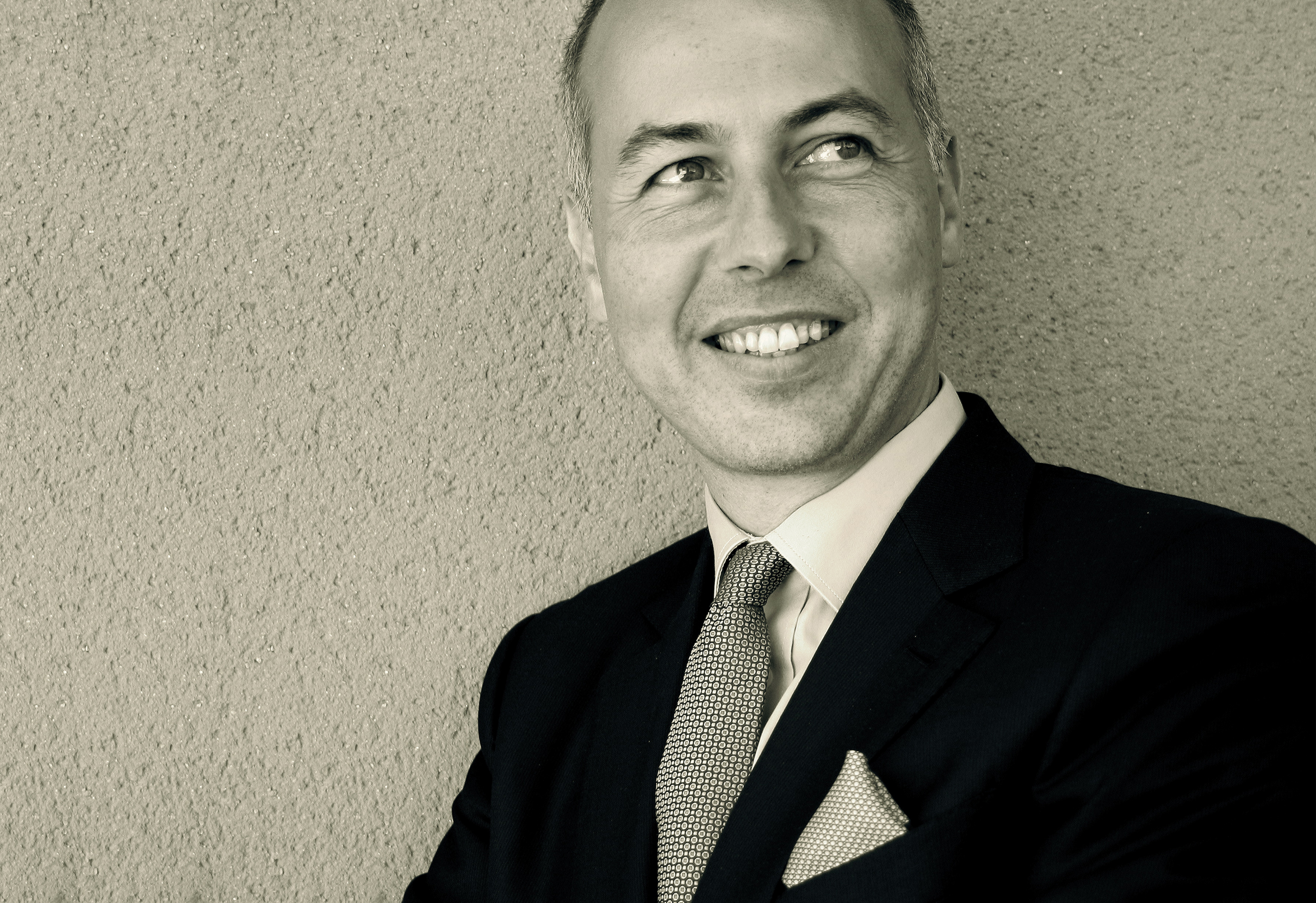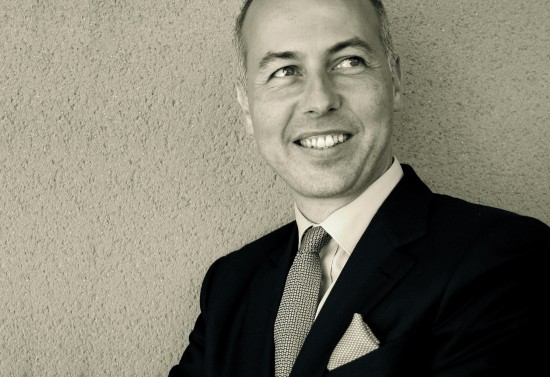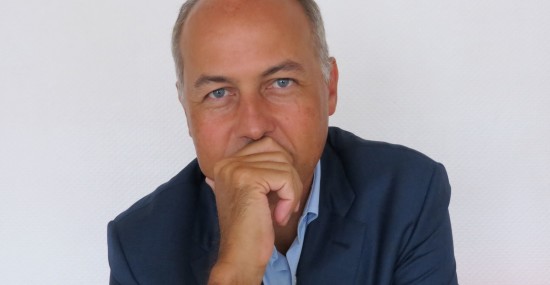(This post “ Sparkling Wine and Champagne: Adapting to consumer tastes ” was written by Guillaume Jourdan. You can reach him at info@vitabella.fr or via Linkedin.)
In the world of Sparkling wines, Chandon has got the picture: you have to adapt to consumer tastes if you want to gain international market share. To win over the Chinese, Chandon decided to adapt its formula. “We are innovating for consumers who don’t like the traditional taste of Chandon”, states Davide Marcovitch, global president of LVMH subsidiary Chandon, in this new article. Variations for different markets followed: a fruity sparkling for Japan and a sparkling for drinking on the rocks for India.
What could be more logical than adapting to the culture and the tastes of consumers to better penetrate their market? And as D. Marcovitch quite rightly says in this article, “We have to break the paradigm that sparkling wine has to be drunk in crystal only(…).If you are in a hot climate and you put ice cubes in your sparkling wine, it’s really much more pleasant.”. The Chandon approach is a sound one and will allow the whole sparkling industry to develop around the world. Continuing to impose your style of sparkling when the consumer rejects it (or is obliged to mix it with Coca Cola to make it palatable, for example) is a strategy destined to fail. Today it is essential to accompany consumers in their discovery of Sparkling wine if we wish to build long-term and dynamic markets in the coming years. And it is in this same spirit, of responding to consumer demand, that certain champagne houses are today offering consumers the possibility of creating their own bespoke cuvees, as exists in the world of perfume for example. Finally the approach is the same, but for a different target.
A sweeter sparkling for the Chinese? At a time when lovers of sparkling and aficionados of Champagne swear only by the ultra-brut or the ‘non-dosé’, some might be disparaging about the swing to sweeter wines. And yet, if we go back over relatively recent Champagne history we can find parallels with the current Chandon strategy. In fact, Brut champagne as we know it today has only existed for around a century. Up until the 1910s champagne was always sweet, with dosages (adding greater or lesser quantities of sugar) being adapted to the tastes of consumers in the markets of destination: There was an English taste, an American taste, a German taste, a French taste, a Russian taste…
Therefore what has Chandon done if not simply reinvent what was common practice in Champagne 100 years ago? Responding to consumer demand to reach a wider audience, that’s just what made Champagne successful. Some 100 years later this same strategy will make sparkling a success around the world. And if it tastes sweeter, so what? I might go even further and pose the question: what if Asia were to become the driving force behind new taste trends? And what if, after the fashion for ultra-brut and ‘non-dosé’, sweetness should come back in style for Champagne in the next few years?



